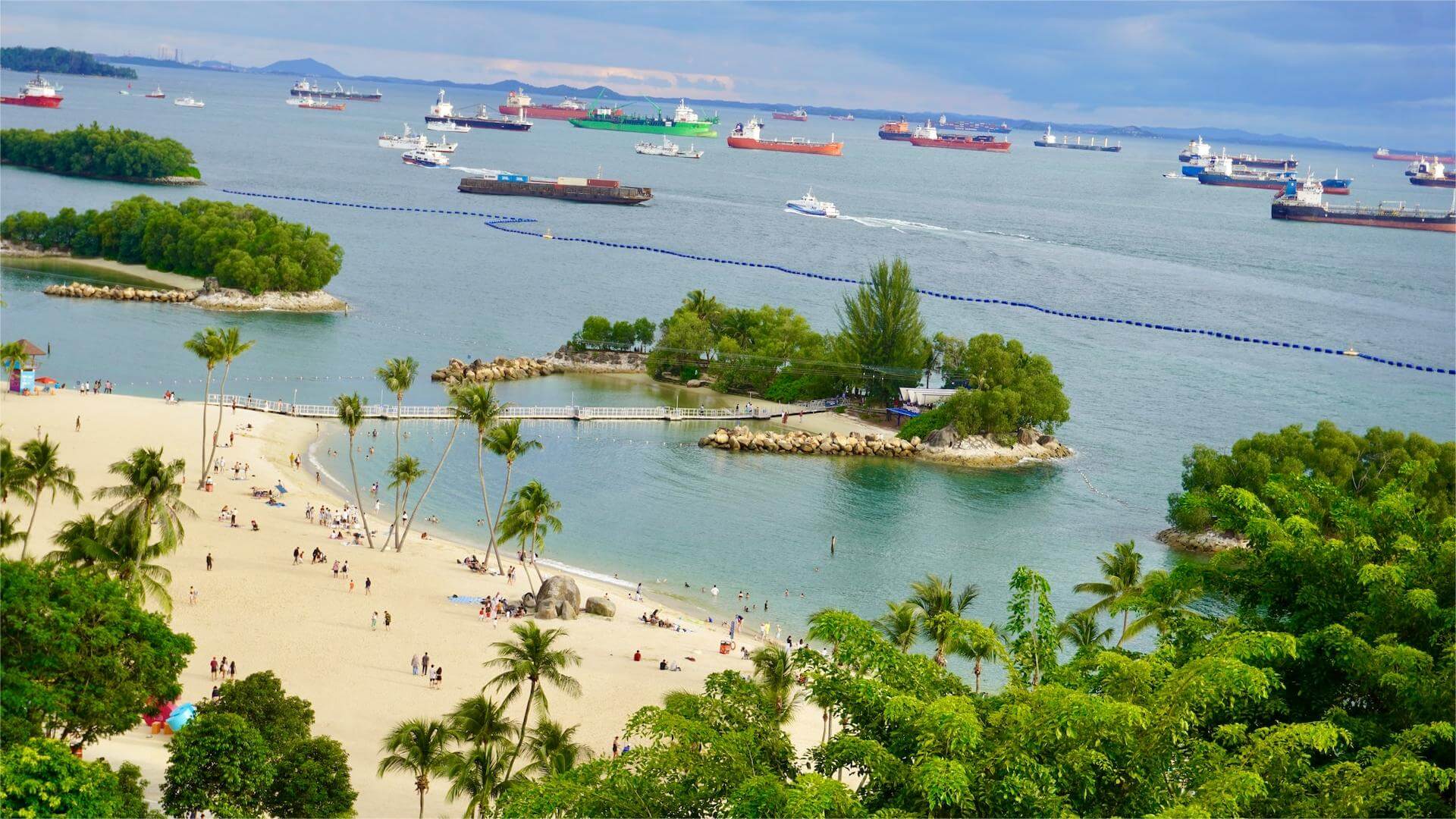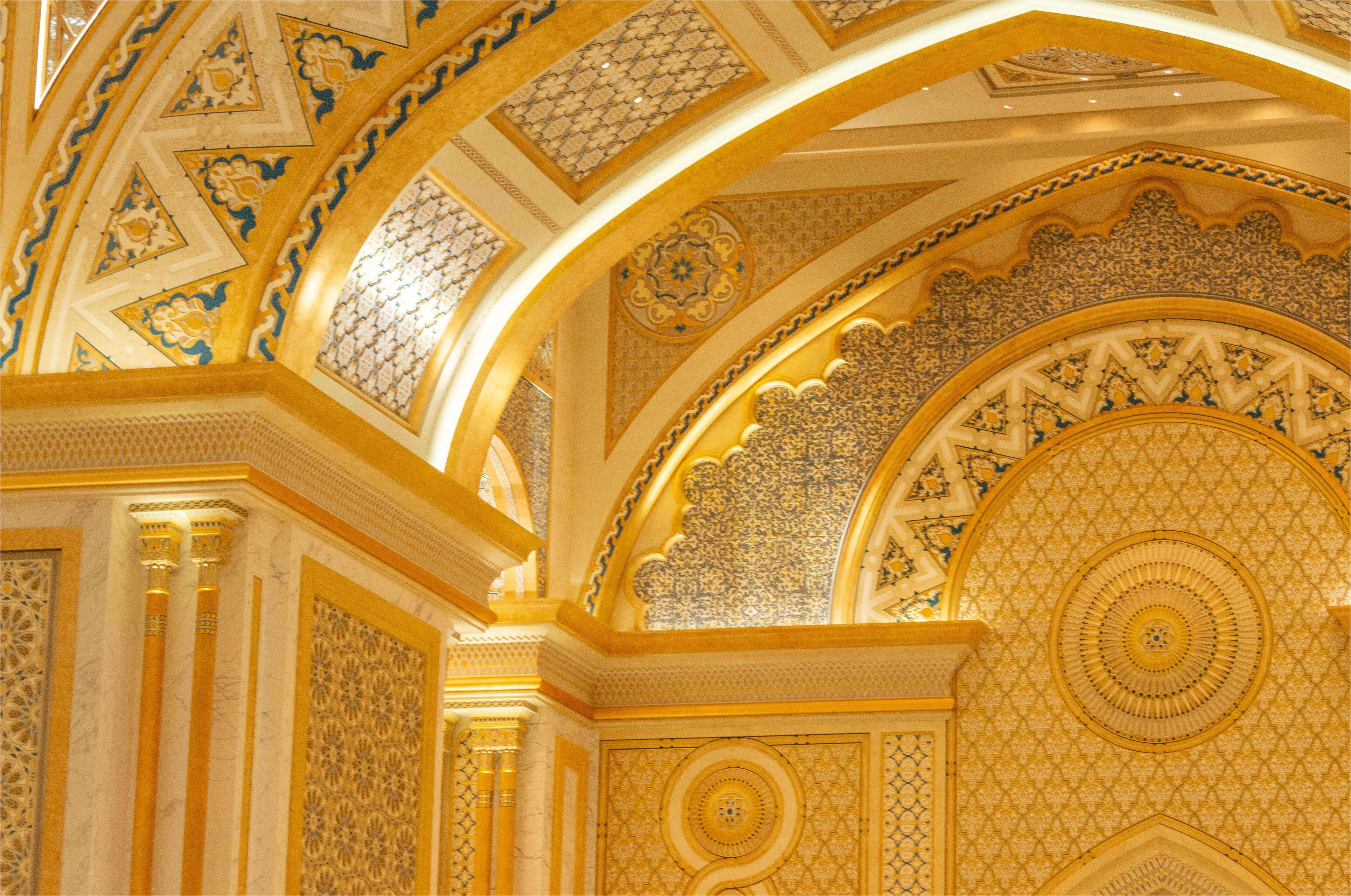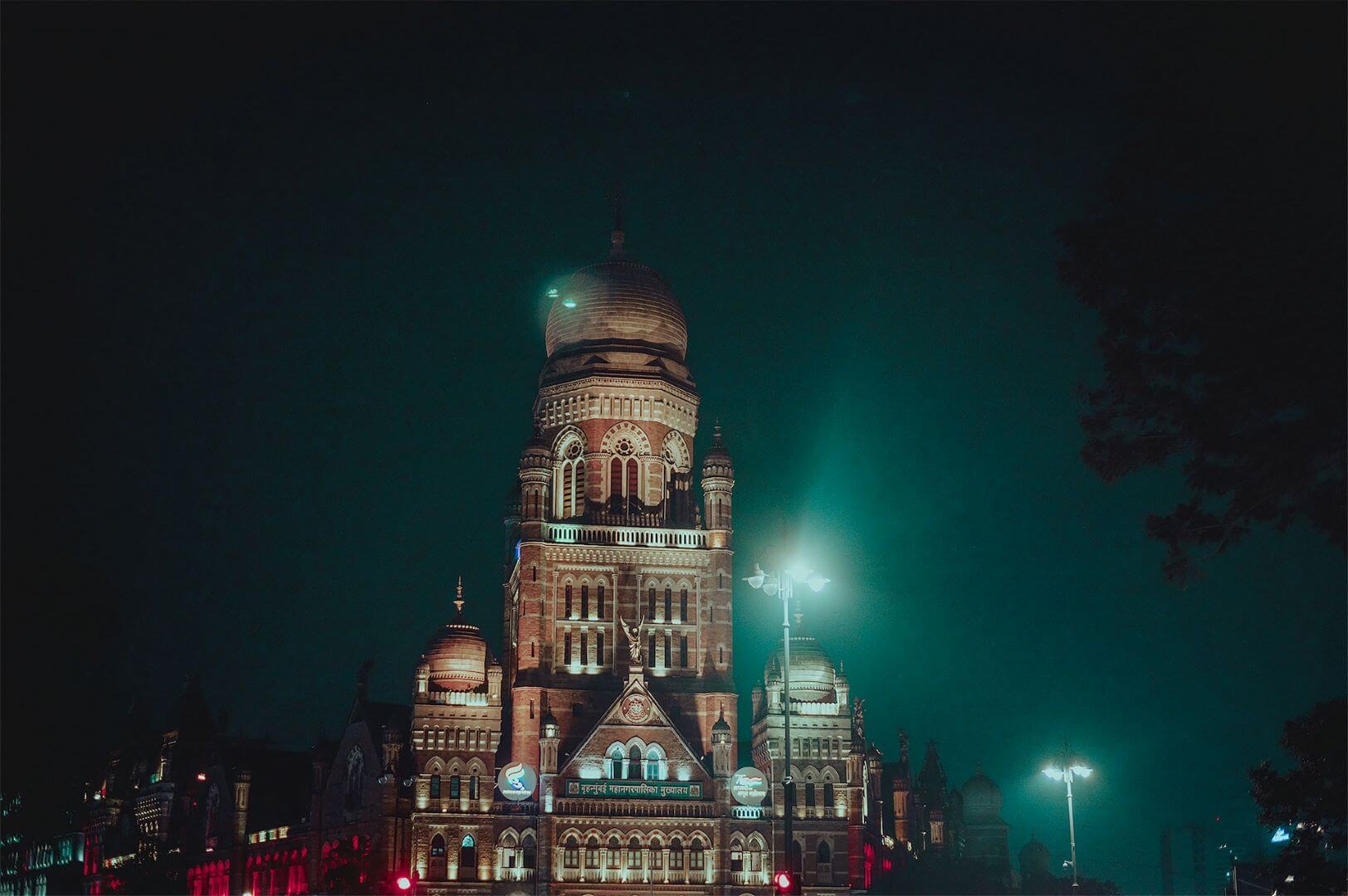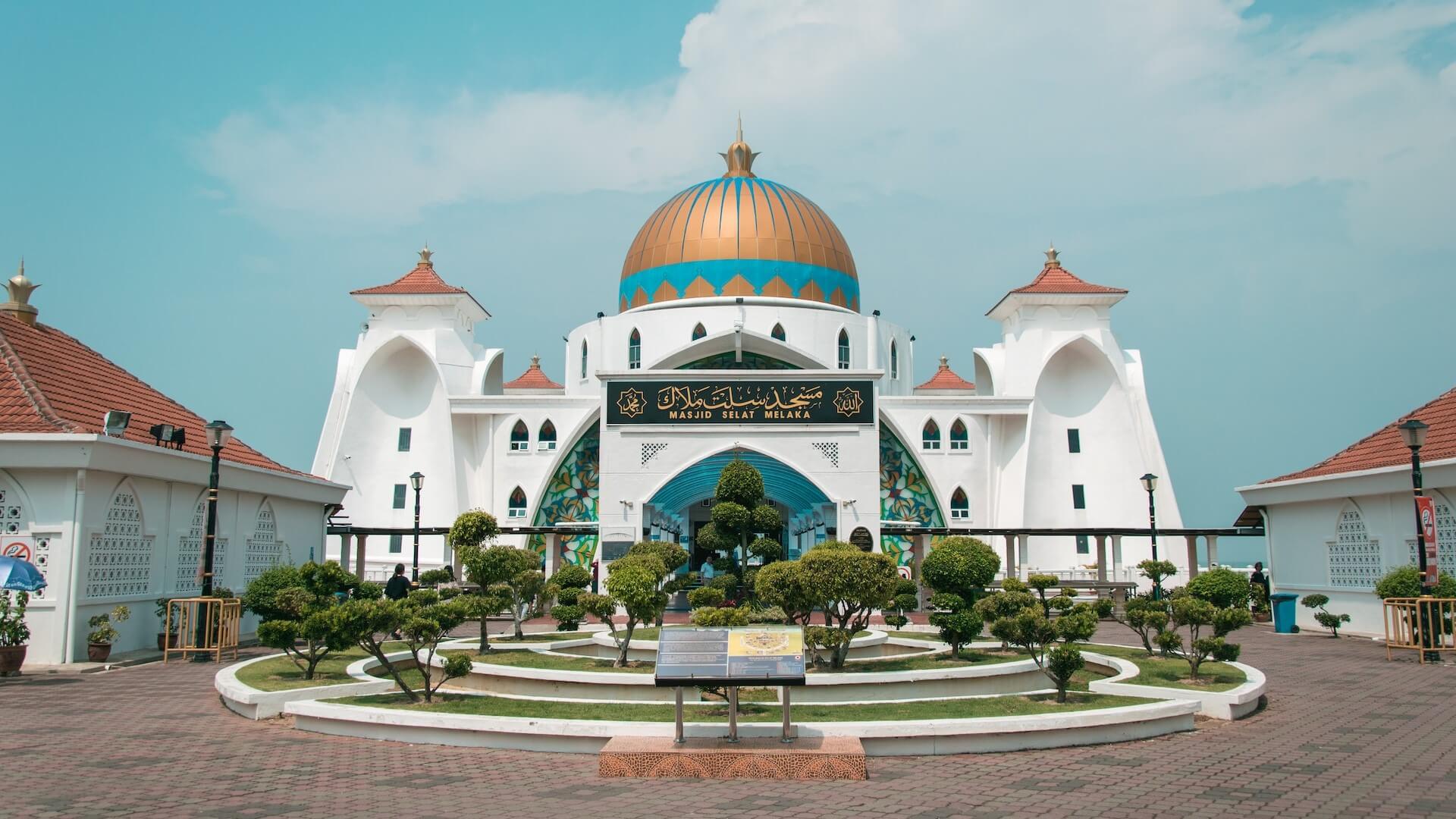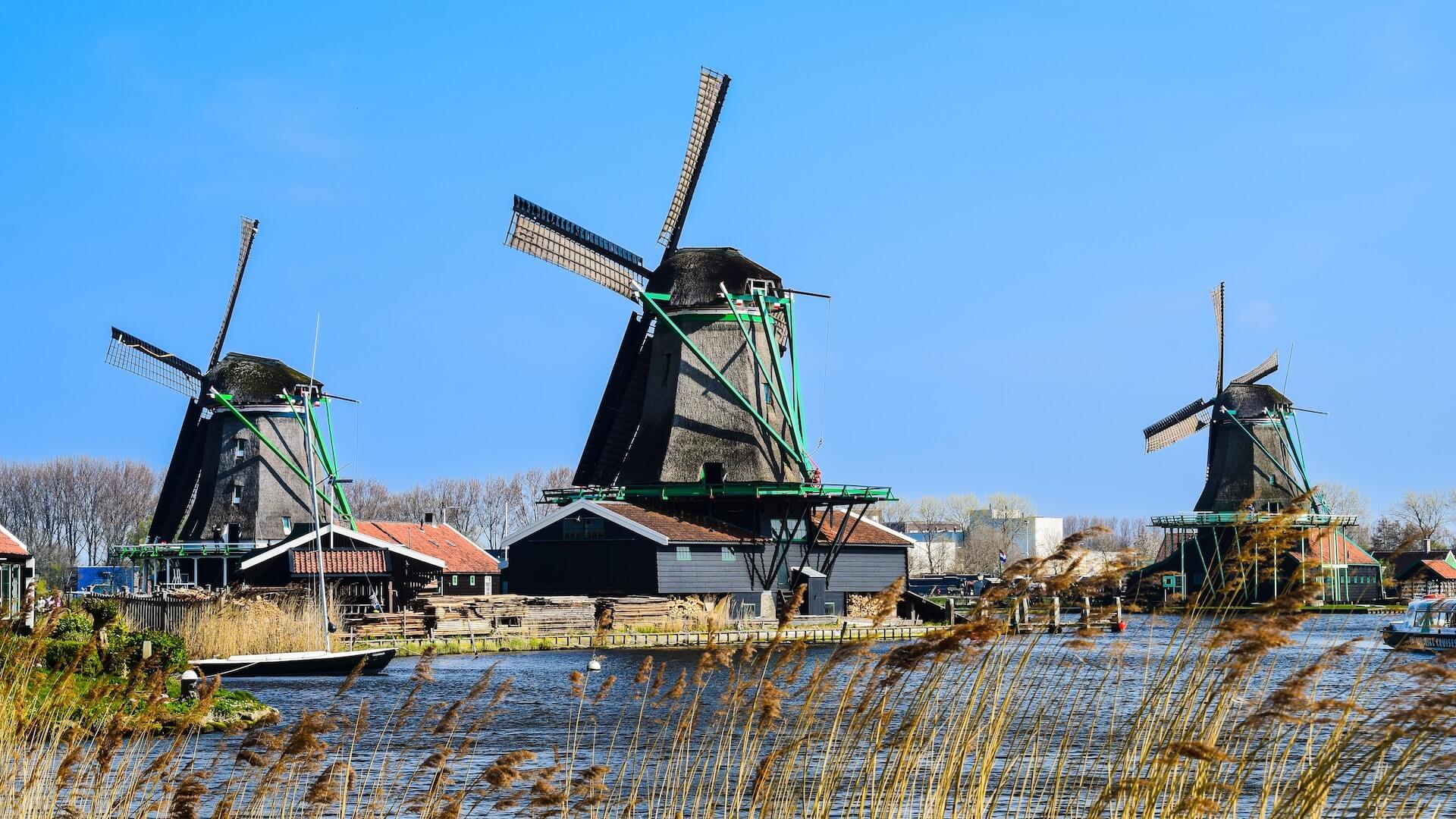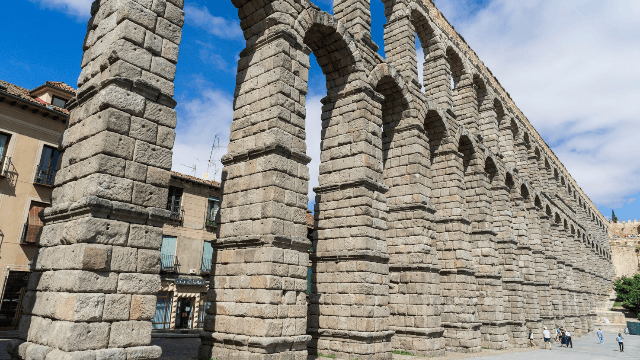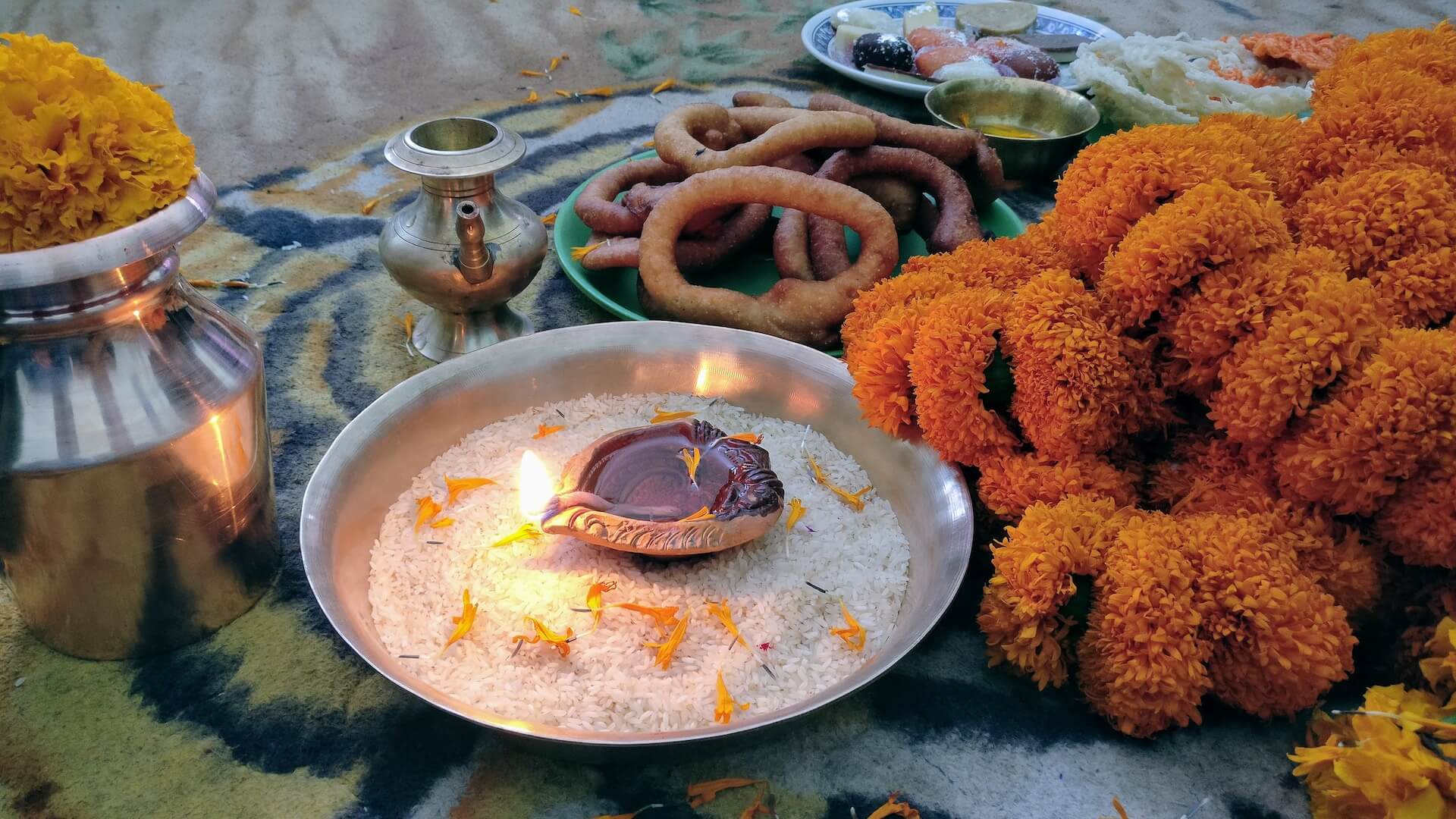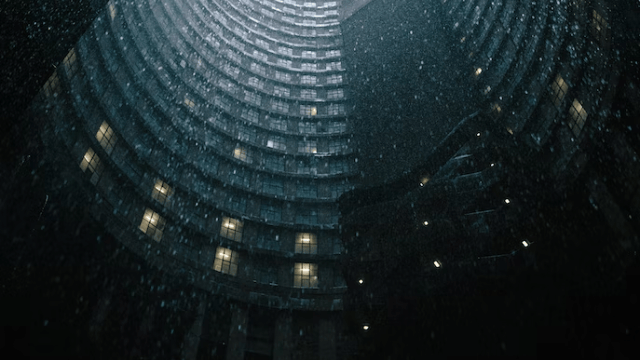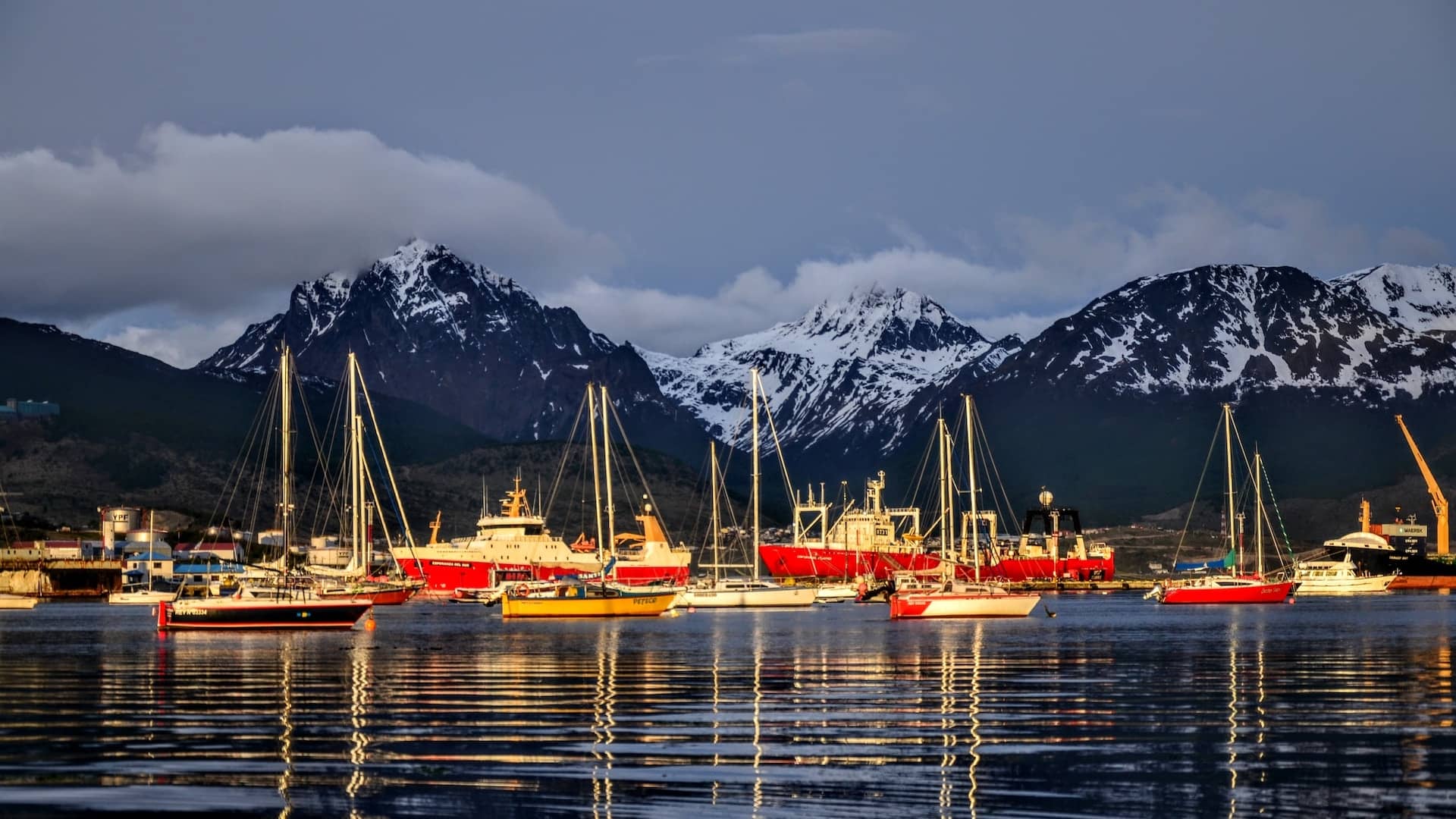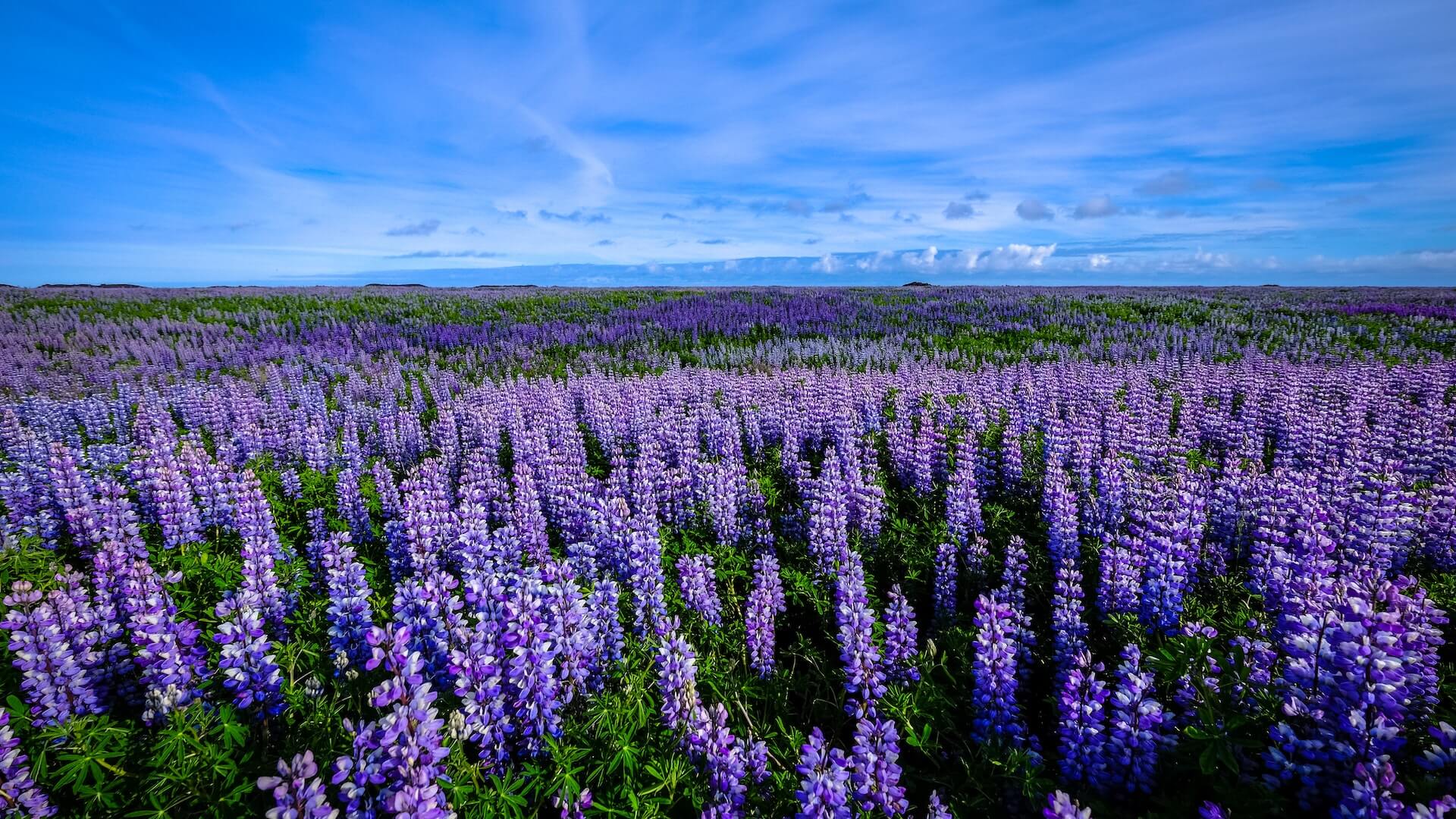S
Every day, tourists ride a cable car through Singapore's Keppel Harbour to a luxury resort island once shrouded in death. In Singapore, the third most densely populated country in the world, Sentosa Island is a popular vacation destination thanks to its fine sandy beaches, spectacular rainforests, luxury resorts and theme parks.
In the 1970s, the Singapore government transformed Sentosa Island into an upscale resort. Prior to that, Sentosa was known for its savage pirates and brutal prisoner of war camps. Today, Sentosa is served by trains and cable cars, and 10 million people a year visit the island, which is less than a mile from mainland Singapore.
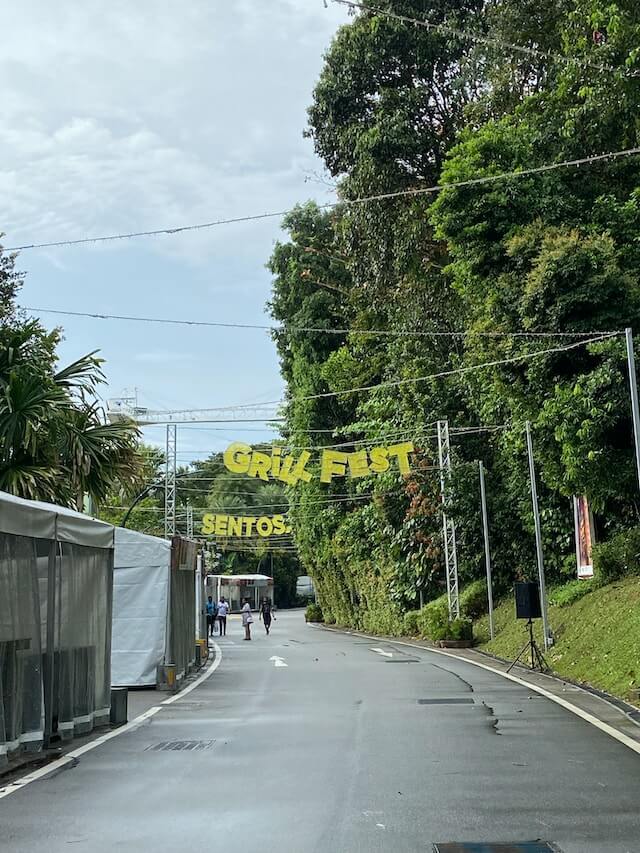
Fifty years ago, before it was renamed Sentosa, the 1,200-acre island had a chilling name - Jedi Queen Island - meaning that behind the island lay death.
In the first half of the 19th century, a mysterious epidemic took the lives of most of the island's people, including the pirate gang of the time. According to Stefan Eklav Amirel, author of "The Pirate Empire," maritime criminals once roamed Singapore's waters long before the British occupied it in 1819.
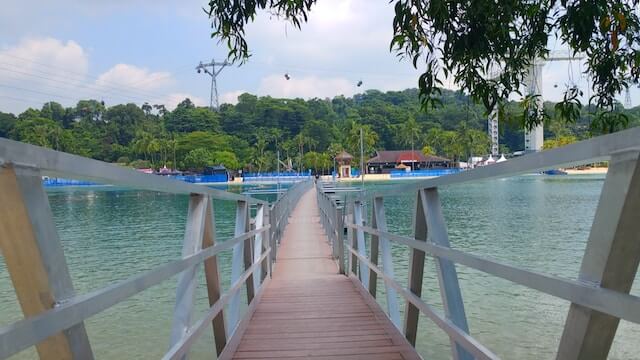
Amirel said that the Singapore Strait, which runs parallel to Singapore's south coast, has always been "ideal for piracy". Because of the frequent ship traffic at sea, like Sentosa Island, a small island full of trees, there are many ambush points. Even after the arrival of the British, pirate raids continued. Commenting on Singapore's early colonial history, Amirail said, "Singapore was a center of free trade, arms trade, and easy recruitment of crews, which inadvertently encouraged piracy."
Siloso Battery was one of the coastal forts built by the British in the late 19th century to defend Singapore from the threat of other countries' navies and to ward off attacks from the southern waters. Goh Yueng explained that Siloso Battery is the only well-preserved battery and now enjoys the highest level of heritage protection in Singapore as a new national heritage site.
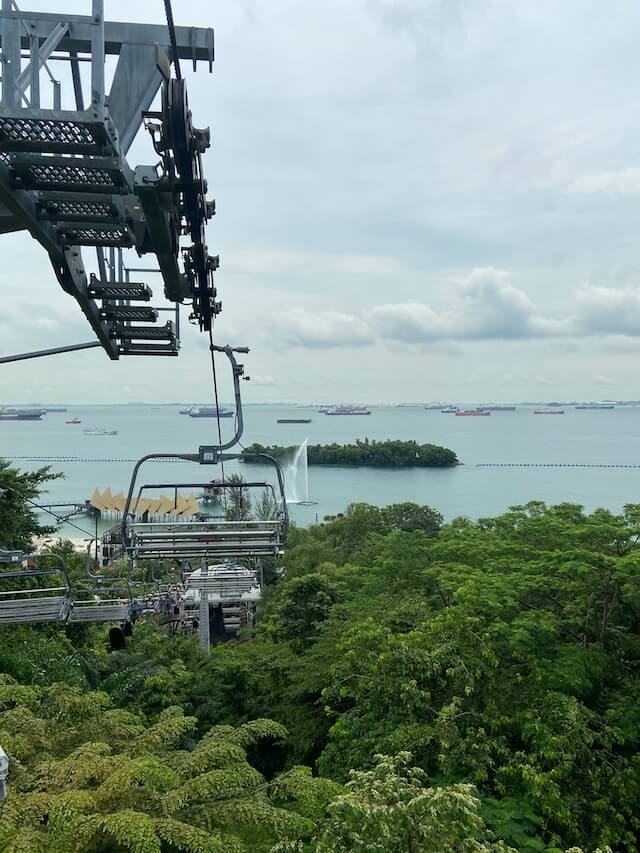
To reach the fort, which is located at the top of the hill, visitors have to cross a tree-lined elevated walkway. The rustling of macaques in the jungle and brahminy Kite soaring overhead, the Singapore skyline unfolds to the east and the tranquil Siloso Beach to the south.
After enjoying this magnificent natural landscape, visitors will soon see the huge artillery pieces and a grim piece of history. Visitors can see the fort's anti-aircraft structures, command towers, machine gun positions and a vast network of bunkers, tunnels and barracks. A small museum tells the story of Siloso with videos, photos and maps.
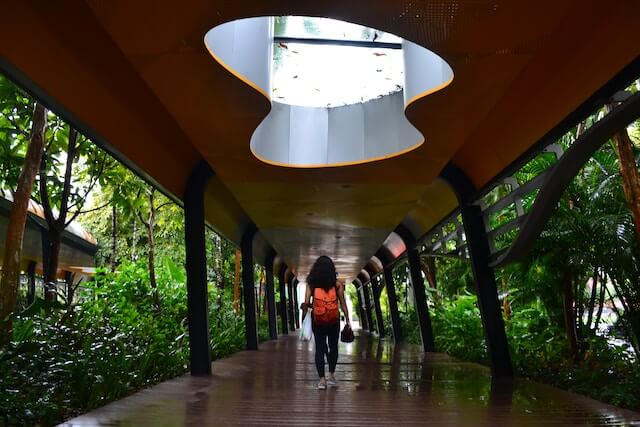
Singapore has launched a night tour of Siloso, which glows in the candlelight of a lantern, but these dark stories still haunt Siloso at night. They are also written into the new Sentosa Heritage Trail, which passes through 30 historic sites, including old army offices and hospital sites, most of which have interpretive signs. With golf courses and thrill rides on the island, the Heritage Trail charts the unlikely evolution of Sentosa Island from pirate port to military complex to resort paradise.
